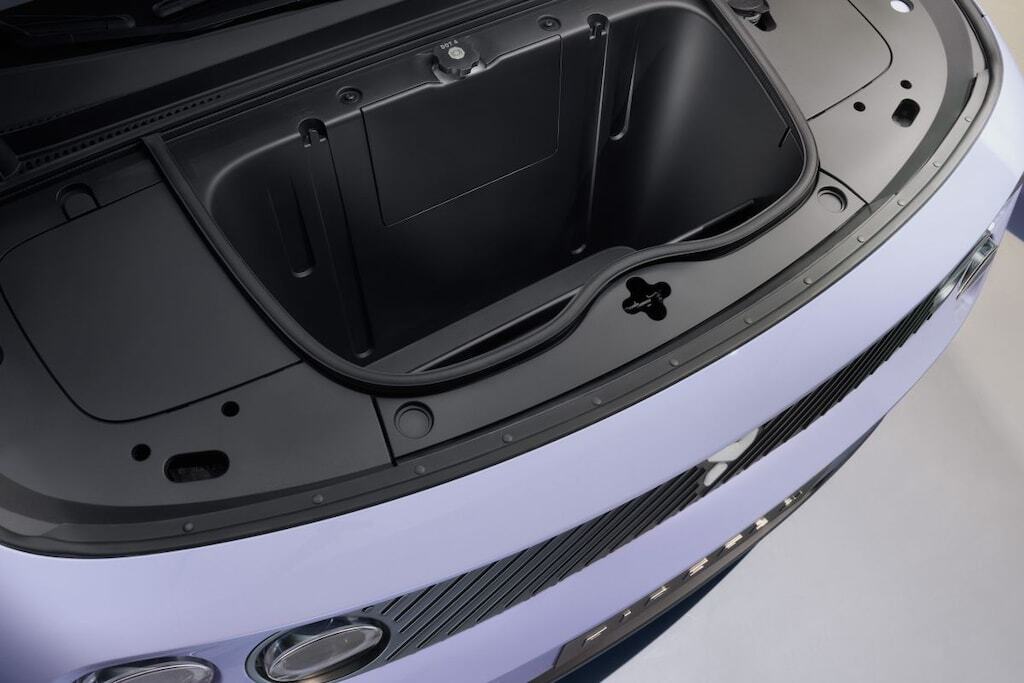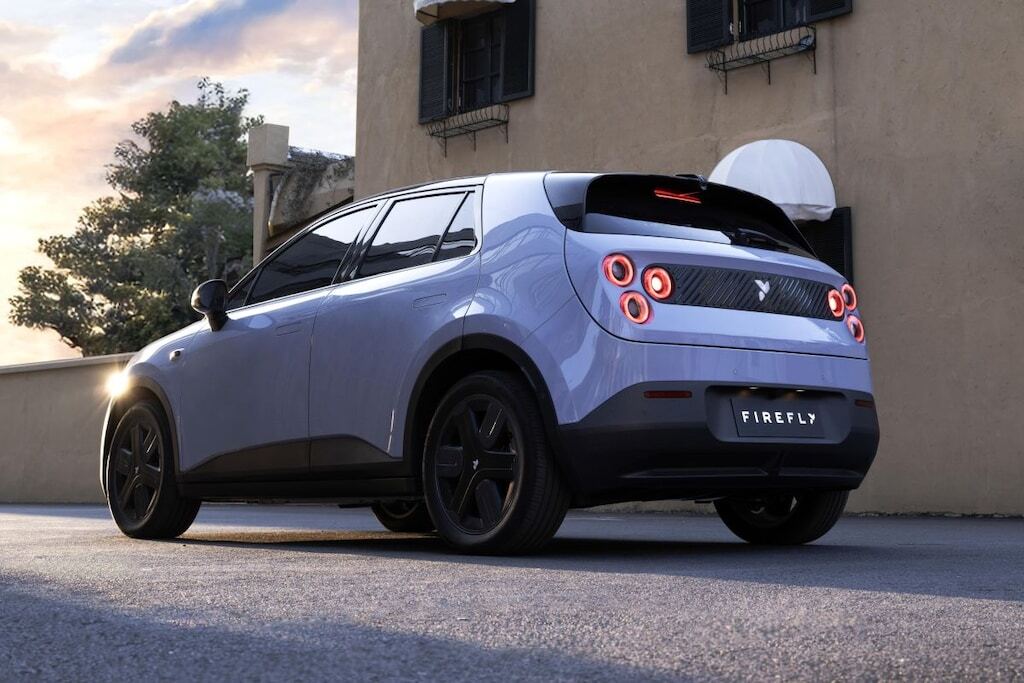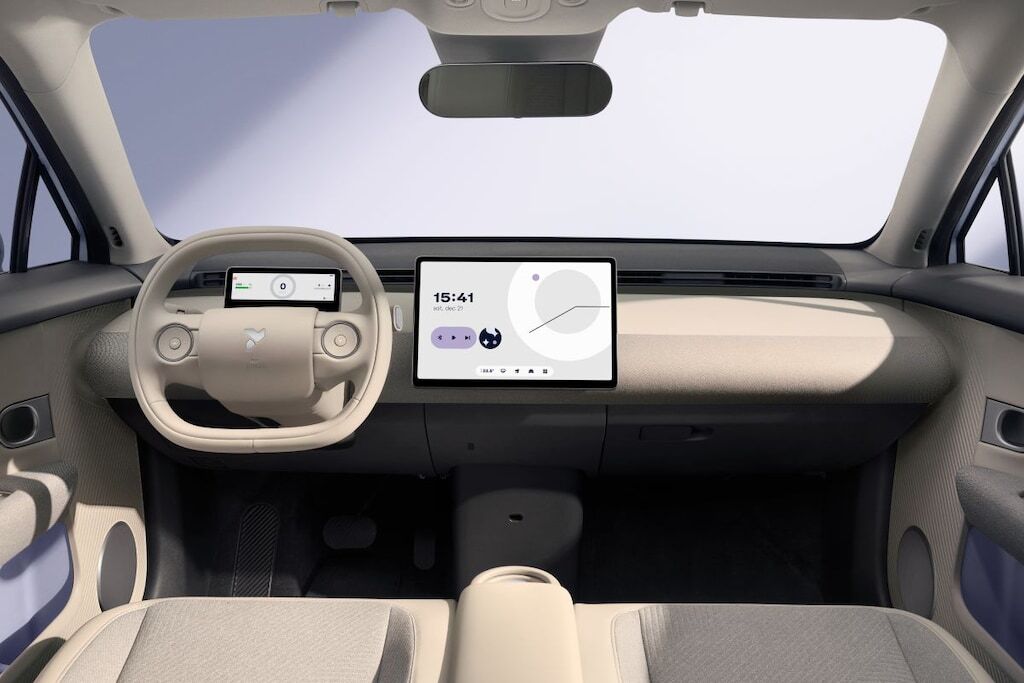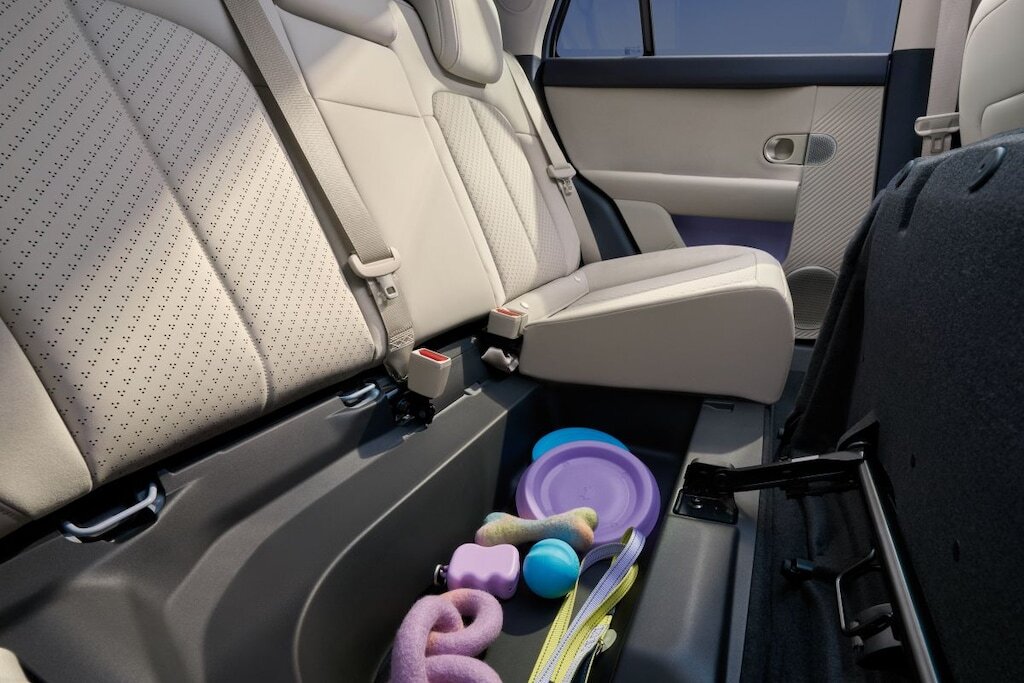We are once again richer in a new car brand: Firefly. It falls under Nio, and with this electric car in the B-segment, it enters the waters of, among others, Smart, Mini, the Renault 5, and the future VW ID2. But the Firefly wants to be more than just hip and distinctive. It has to become the best boy in the class. If the driving characteristics are as convincing as the specifications, the competition really has something to fear.
Indeed, the Chinese industry is flooding us with new brands and models at a dizzying pace. Even we sometimes struggle to keep up. And anyone who still thinks they can label cars from that country as inferior is way off. More than once, a Chinese car has won a comparative test, and any quirks are quickly resolved based on our feedback, among other things. Nio came to the Netherlands in 2022 with the ET5, ET7, and EL7, and the EL6 and EL8 have been added, and this will be supplemented in 2026 with another subsidiary brand: Onvo. As the only manufacturer of EVs, Nio offers the option of changing the battery at a so-called ‘swap station,’ of which there are nine in the Netherlands. Now that we are on that subject: the Firefly can indeed swap, but for the time being, this is not possible in Europe because a different type of swap station is required. While that would be welcome, given the battery capacity.
Is that Firefly really that big?
How do we place the Firefly in relation to the competition? It is 8 centimeters longer than the R5 and just as wide at 1.78 meters. With its height of 1.56 meters, it exceeds the electric Five by 6 centimeters, putting the Firefly at the level of a Peugeot 2008. And then the luggage space. It measures 404 liters, which is more than a VW ID3 has. And then there is also a large storage compartment in the front, better known as a frunk. Where that compartment in some EVs offers just enough space for a few breakfast cakes, you can easily store a trolley case in the 92-liter space of the Firefly. The flap is opened by two gas springs, which is not common either. We also see storage spaces under the passenger seat and under part of the rear seat.

Front loading space of no less than 92 liters.
Black grille front and rear
The design (Kris Tomassen, ex-BMW) of the Firefly is anything but ordinary. That is, the front and the rear with the three round lights on either side. The black ‘grille’ with the brand logo is also visible both front and rear. The tailgate extends a bit into the side, reminiscent of that of an Audi Q7 or Opel Insignia. Including the mandatory extra light units in the rear pillars, which are visible as soon as the tailgate is open. This First Edition stands on 18-inch wheels with plastic covers, the more expensive Comfort has the same size, but then a slightly nicer wheel design. A striking detail on the body is the wide beam that connects the C-pillars to each other via the roof. We see the same with the Kia Stonic. The recessed door handles do not automatically come out.

The rear shows the same design language as the front.
The Firefly has rear-wheel drive!
What you don’t expect in this segment is rear-wheel drive. Or multilink rear suspension. The Firefly has both, developed in collaboration with the Canadian firm Multimatic. And even though the engine doesn’t have that much power and torque, it is still a bit nicer with an EV if that is distributed via the rear wheels. We are talking about 143 hp and 200 Nm here, more than enough for a car that weighs 1,442 kg. According to specifications, the Firefly sprints from standstill to 100 km/h in 8.1 seconds and the top speed is 150 km/h. It draws its power from an LFP battery with a net capacity of 41.2 kWh. It can charge with 11 kW and with 100 kW at a fast charger, from 10 to 80 percent takes 29 minutes. The Firefly can also supply power back, with a maximum of 3.7 kW. The range is 330 km according to the WLTP standard.
Nothing to wish for, except a heat pump
We also need to talk about the equipment. It is not so difficult to guess that it is bizarrely complete, even in the basic version. For example, we see a sound system with fourteen speakers, complete with Dolby Atmos and three subwoofers. And the whole regiment of assistance systems (24 pieces, according to the brochure), including active lane change, adaptive cruise control, automatic parking, and a digital interior mirror. The Comfort, which may be available later this year, adds, among other things, a panoramic roof, electric tailgate, seat ventilation, massage function in the front, an illuminated brand logo on the nose and the aforementioned wheels. As usual with most Chinese cars, there is no option list. In the interior, the lighting offers a choice of 256 colors, for the exterior there are only five. Don’t expect red, green or yellow, it’s all pretty subdued and the free introductory color is lavender. The Firefly does not have a heat pump.

Beautiful interior, even in this entry-level version.
How well does the Firefly drive?
Okay, rear-wheel drive, a weight distribution of 50/50 and a multilink rear axle; that should guarantee a great steering car. Does the Firefly live up to that? The seating position is good and in the interior it is striking how high-quality the finish is. Beautiful materials and everything you grab feels solid. The latter also applies to the steering. The Firefly does not have the quicksilver, frivolous character of the Renault 5, but in return offers more grip and traction in corners. The absence of drive reactions in the steering wheel also contributes to this. These driving characteristics ensure a mature character, it clearly does not want to be inferior to its larger Nio family members. If you really go towards the limit of its capabilities, you will notice that the chassis is more focused on comfort than on sportiness. Perhaps the tires of the Sailun brand are also to blame for this. They are really not bad, but there is better rubber on the market. With a normal driving style, you won’t hear anyone complain and the Firefly makes a solid, safe impression with ample comfort.

Under part of the rear seat and under the passenger seat you will find storage compartments.
The Firefly First Edition costs €29,900. For that money, in this size class, you get into cars like the Renault 4 or 5, Opel Corsa and Frontera Electric, the Citroën E-C3 and E-C3 Aircross. But surprisingly also in a – larger – VW ID3. If we look at the total package, i.e. appearance, space, equipment, driving characteristics and build quality, you can’t ignore the Firefly. We can very well imagine that a car like this causes sleepless nights in Wolfsburg, among other places. The Firefly can be ordered from now on and is available in the short term.